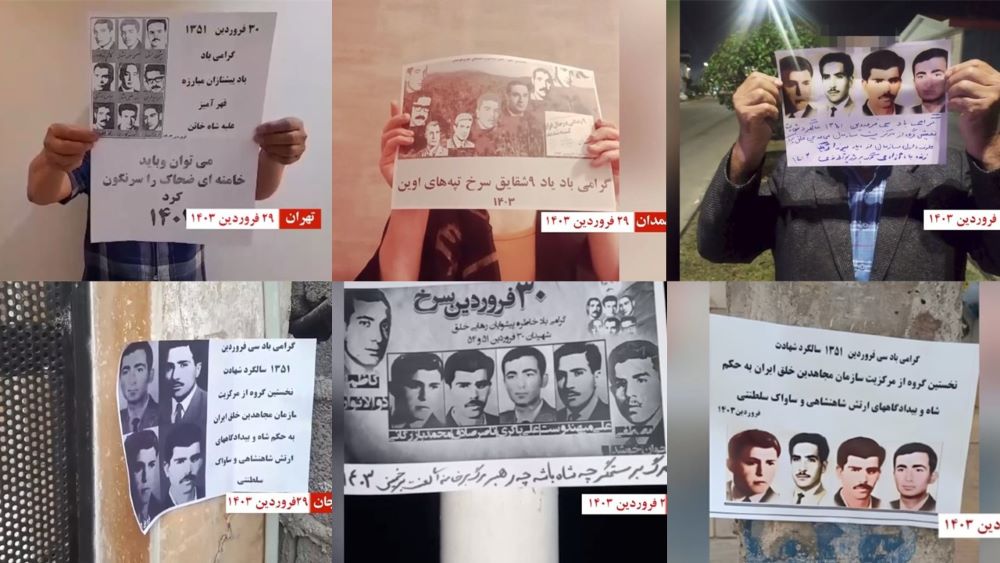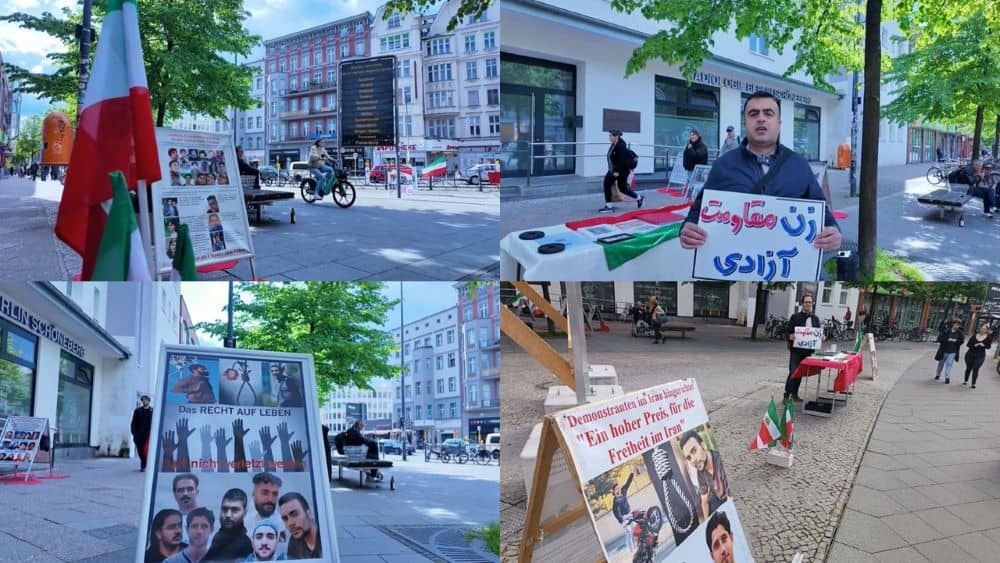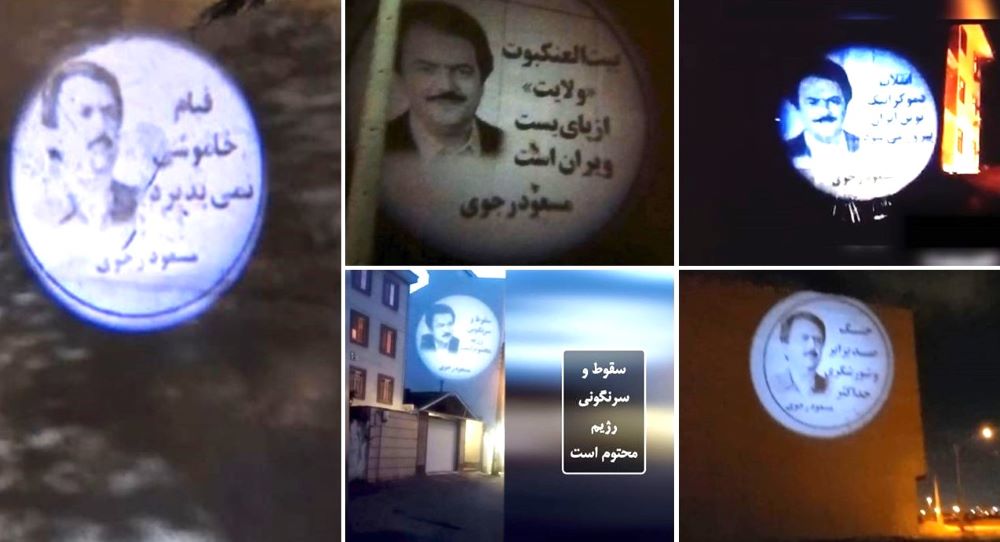By: Afsaneh Oskouei
The story of “The King’s New Clothes”, a work by Hans Christian Andersen, published in 1837, is familiar to many of us.
The selfish king wore new clothes every day. One day, the tailors could no longer sew new clothes for him. The king’s servants spread the good news throughout the land and proclaimed that those who could sew new garments for the king would receive a great reward.
Eventually, two fraudsters came and set up a sewing machine to sew the invisible clothes. They said that anyone who does not see the clothes on the king’s body is stupid.
The sound of the sewing machine was heard day and night.
The king’s ministers and servants, even the king himself, did not dare to say that they did not see the king’s new clothes and that the king was naked.
Finally, on the day of the parade, a child pointed to the king and shouted that the king was not dressed.
The regime in Iran
The Iranian people have experienced the history of the king’s invisible clothes for more than 40 years since 1979 after the anti-monarchical revolution. The supreme leader, Khomeini, established a religious autocracy and began arresting and executing dissidents.
In 1988, he signed in a fatwa, with 236 words, the death sentence for political prisoners who supported the largest opposition group, the People’s Mojahedin of Iran Organization (PMOI / MEK).
The fatwa says:
“Those who still support the PMOI in prisons will wage war against God and must be sentenced to death.”
The 1988 massacre, in which more than 30,000 political prisoners were executed, has been condemned by human rights defenders as a “crime against humanity”.
The UN Special Rapporteur calls the massacre a “crime against humanity”. The 1988 massacre is the most horrific massacre since World War II.
What distinguishes the perpetrators of the 1988 massacre from the perpetrators of World War II is that the perpetrators of World War II either had remorse or did not want to commit a crime at all and only obeyed orders, while the perpetrators of the 1988 massacre have no remorse. Rather, they support Khomeini and his fatwa and are proud of their crimes.
On the official website of Ali Khamenei, the current supreme leader of the regime, “Velayat-e Faqih”, on August 24, 2016, it was written:
“Unfortunately, some people are trying to create an atmosphere of innocence for the criminals (victims) who killed thousands of ordinary people, famous officials and dignitaries and distort the lumin image of the last Imam (Khomeini). But these evil hands will not
succeed and will fail as before. “
The regime’s desperation over the protests in Iran and the failure in the Middle East
The people’s dissatisfaction within the country and the failure of the regime in neighboring countries and the Middle East, including Iraq, Syria, and Yemen, led to the regime’s desperation as a whole. This led to an increase in torture and executions by the Iranian regime.
At the same time, in unsurpassed stupidity, the regime showed its true terrorist character in the plan for a major assassination in the heart of a country that is the cradle of democracy.
The terrorist attack was to take place in Paris on June 30, 2018, against the regime’s only opposition, the Iranian National Resistance Council (NCRI) and its elected president, Maryam Rajavi. If this huge explosion had succeeded, hundreds of people would have been killed and injured in the gathering with tens of thousands of participants.
Hundreds of parliamentarians and personalities from five continents attended the gathering.
The conduct of a terrorist act on European soil and the use of a regime diplomat and three people as intelligence agents show the depth of the regime’s despair and its fragile situation.
Is there any room left for the “sewing machine policy” of the Western world to cover Velayat-e Faqih‘s clothes after this terrorist act and make the 1988 massacre invisible?
Western governments cannot sew more new models of clothing to cover up the criminal fascist regime that is not only against the people of Iran and the Middle East but the whole world.
The Iranian robot and nuclear policy and the Iranian regime’s interference in the Middle East and the killings and human rights violations in Iran must be condemned.
We must stand with the people of Iran, the Middle East and the world for peace, freedom and human rights.
It is time for Western politicians to shut down sewing machines.
It is better for them to dress for justice and human rights so that they are no longer part of Iran’s religious fascist regime and commit crimes against humanity.
The only solution left for this rotten regime is to explain the fall of the regime and hand over the sovereignty of the people to the People’s Republic. This will cost the regime leaders less.
January 11 – Isfahan, central #Iran
— People's Mojahedin Organization of Iran (PMOI/MEK) (@Mojahedineng) January 11, 2020
"People are begging, (Khamenei) lives like gods!" the crowd chants, describing how the Iranian people are desperate to make ends meet as the regime plunders the nation's wealth.#IranProtestspic.twitter.com/xKUW1uP1op
Afsaneh Oskouei
2021-01-29





